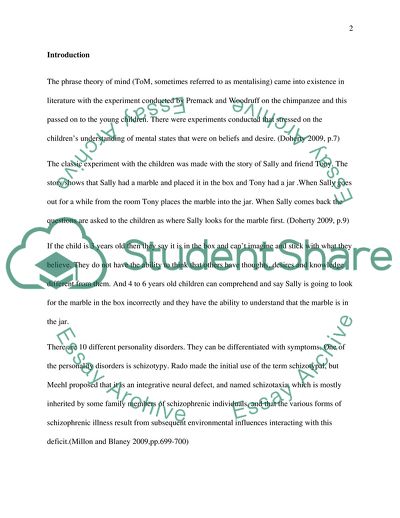Cite this document
(Assessing the Theory of Mind and Schizotypy Research Paper, n.d.)
Assessing the Theory of Mind and Schizotypy Research Paper. https://studentshare.org/psychology/1778298-assessing-theory-of-mind-tom-and-schizotypy-in-relation-to-social-functioning-in-a-non-clinical-population
Assessing the Theory of Mind and Schizotypy Research Paper. https://studentshare.org/psychology/1778298-assessing-theory-of-mind-tom-and-schizotypy-in-relation-to-social-functioning-in-a-non-clinical-population
(Assessing the Theory of Mind and Schizotypy Research Paper)
Assessing the Theory of Mind and Schizotypy Research Paper. https://studentshare.org/psychology/1778298-assessing-theory-of-mind-tom-and-schizotypy-in-relation-to-social-functioning-in-a-non-clinical-population.
Assessing the Theory of Mind and Schizotypy Research Paper. https://studentshare.org/psychology/1778298-assessing-theory-of-mind-tom-and-schizotypy-in-relation-to-social-functioning-in-a-non-clinical-population.
“Assessing the Theory of Mind and Schizotypy Research Paper”. https://studentshare.org/psychology/1778298-assessing-theory-of-mind-tom-and-schizotypy-in-relation-to-social-functioning-in-a-non-clinical-population.


